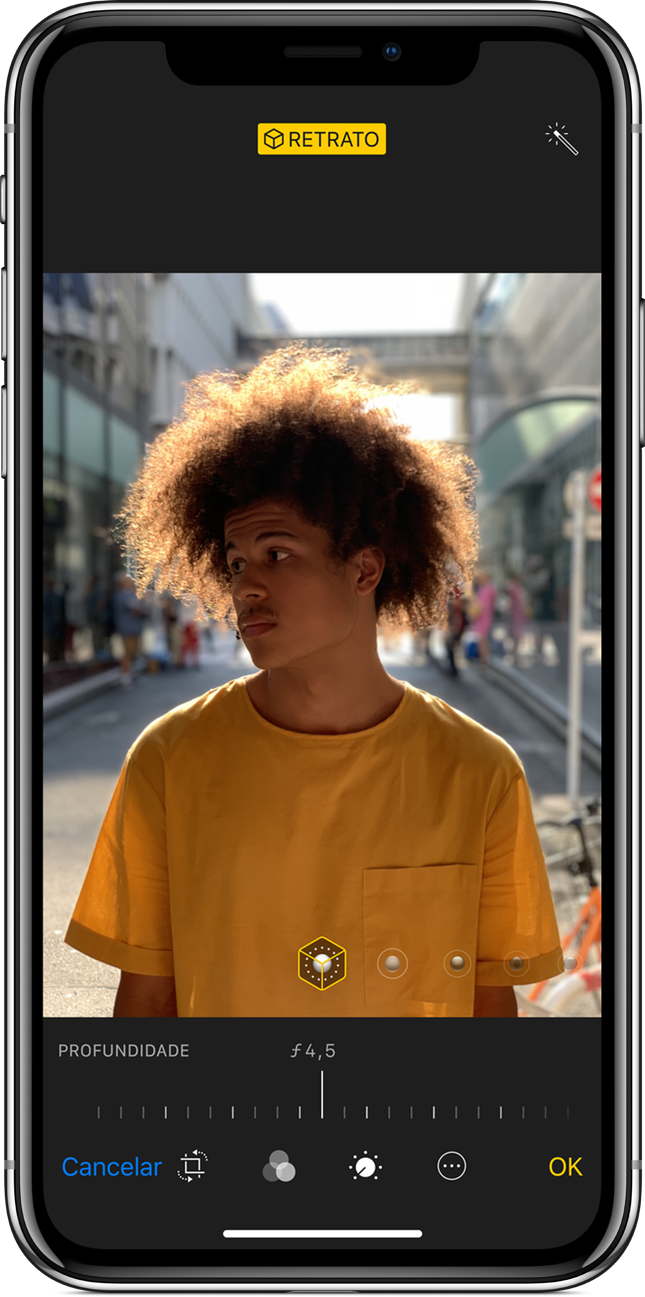As we have already pointed out, one of the most exciting features of the XS, XS Max and XR iPhones is the ability to adjust the blur of an image (the popular effect bokeh) natively. This feature allows the user to control the depth of field of a photo after it has been captured.
But it seems Apple plans to allow users to adjust this depth while taking a picture, according to the German website. Macerkopf. The news is even available in the first beta of iOS 12.1, released a few days ago.
As we said, depth-of-field control is possible only after an image has been captured using the Portrait mode. Therefore, it is likely that in iOS 12.1 you can adjust this effect directly in the Camera app using the same slider as when you edit the image.

Of course, we are still talking about a beta version of iOS that may change. Although it's already being tested now, the Macerkopf stressed that this type of control will be available “in the future”; Anyway, Apple said to the German site that the option will be released later this year.
As Apple told us, this kind of depth control will be possible in the future. A future iOS update will bring the slider directly to the Camera app so you can adjust depth of field directly when shooting.
We were not informed on which iOS update this will happen and when it will be displayed. (Apple) just told us that the iOS 12.x update will be released later this year.
Although the XS, XS Max and XR iPhones have this depth control, we know that the 6.1 ″ model has some limitations in Portrait Mode compared to flagships: The iPhone XR's rear camera doesn't have all the effects of Portrait Lighting Mode and only recognizes people when blurring the background of an image.
We'll have to wait, then, to know if the iPhone XR gains this depth-of-field adjustment feature after the image is captured, it is only available for the camera's front camera, which has the same features and performs the same functions. than those of iPhones XS / XS Max.
via 9to5Mac
